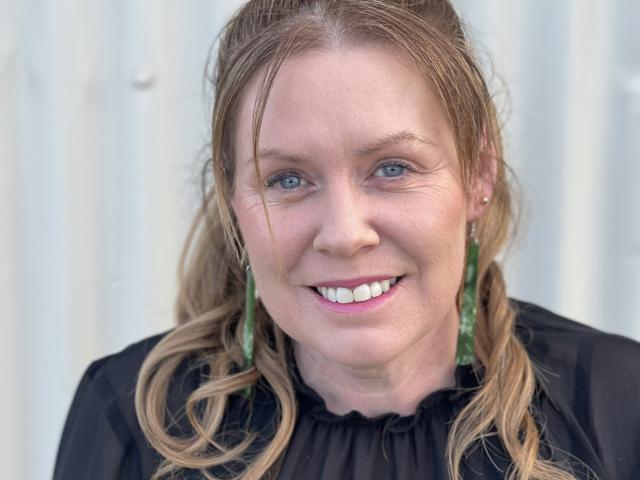
The Whatu Ora Health New Zealand (HNZ) clinical performance report for April 1-June 30 shed light on a range of clinical metrics, including waits for first specialist appointments, waits for those told they would be scheduled for surgery and waits for cancer treatment to begin.
Released last month, the report broke down figures for the 20 former district health board areas, and also gave figures for the corresponding time last year.
For Southern, it was 2595. This was a 32.5% increase on June last year, when the number was 1958.
However, the average national increase in the number of people waiting was even greater, increasing 46.2% to a total of 51,274.
"Demand for first specialist appointments continues to grow," the report said.
"Some contributing factors include our growing population, which is also ageing, and a hangover from Covid-19 when people may have delayed seeking care," the report said.
The long-term goal remained that all patients accepted for surgery received it within four months, the report said.

In Southern, the figure was 2455 - the fourth-highest in the country. It was a 5.8% increase on last year’s 2320.
Another metric was the number of people who had been waiting for a planned procedure for more than a year.
Southern was one of four areas where no data was provided for this, with the report noting data was withheld due to "known issues" in the national booking reporting system.
Health advocate Melissa Vining said the report was ultimately misleading.
"You need to look at times to reach the specialist appointment in order to understand the true wait time for the patient.
"If a patient has to wait three or four months for that, this is a significant delay that can lead to progressions or even, in the worst-case scenarios, greater likelihood of death," she said.
Also shown was the percentage of cancer patients who received their first treatment within 31 days of a decision to treat by a health professional.
Fewer Southern patients were starting treatment within this timeframe, at 84.3% down from 87.7% last year.
Nationally, the figure was 84%, down from 87.1%.
"Performance against this cancer target has deteriorated overall," the report said.
Work was under way to build a national cancer service delivery improvement programme, it said.
The final metric for waiting times detailed in the report concerned young people’s access to mental healthcare.
Of those aged under 25 who had been referred to a specialist mental health service in the 12 months up until June, fewer were being seen within three weeks, compared with last year.
In Southern, the percentage had dropped to 62.2%, from 68.1%.
This lagged behind the national average of 68.3% - falling from 72.4% last year.

The number of young people needing mental health support had increased faster than the population, the report said.
"This has been particularly noticed post-Covid-19. The development of both primary and specialist mental health services will be essential to meet this demand."
HNZ Southern group director of operations Hamish Brown said it continued to focus on reducing long waiting lists.
"Health systems around the world are experiencing acute pressures in hospital service delivery," he said.
"This has in part been exacerbated by the Covid-19 pandemic but is also a reflection that people are living longer and have an increasing likelihood of developing long-term chronic conditions which require hospitalisations."
Workforce issues continued to be a significant barrier.
"We know our medical workforce across Aotearoa is under pressure and addressing this issue is a top priority."
Mr Brown acknowledged HNZ was unable to report on metric 11 - planned care: long waiting times for treatment - for several districts, including Southern.
This was because they were transitioning to using a new patient data platform and were unable to meet the deadline for submitting this data to the national collections team.
- Additional reporting Matthew Littlewood












